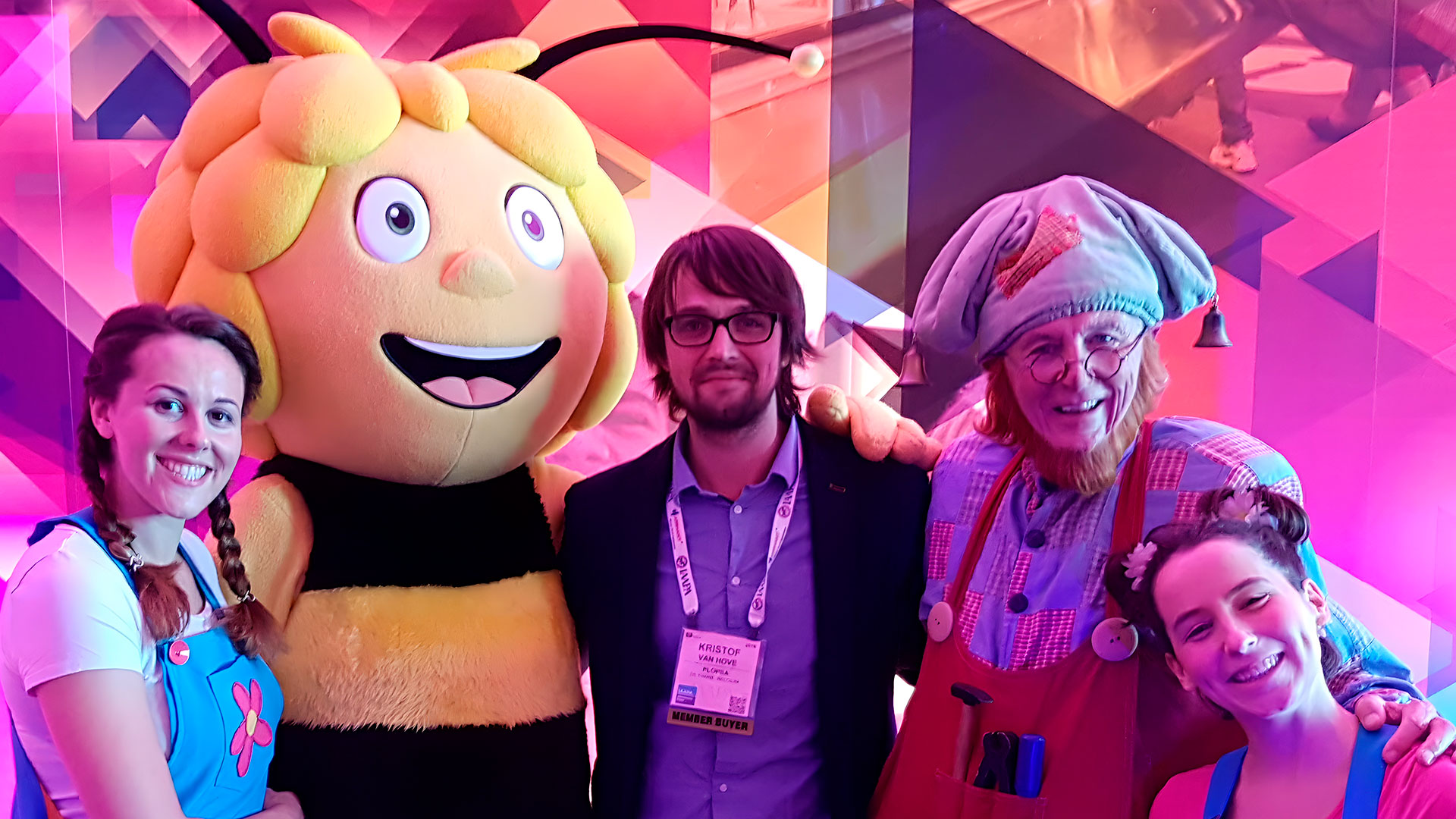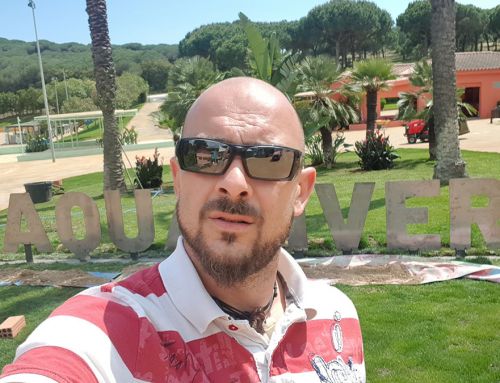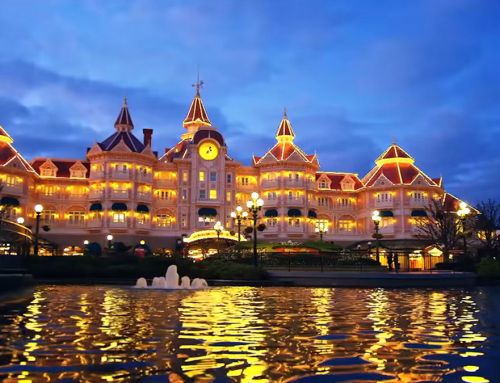In this new interview we bring you the views of a professional who started out studying a technical discipline but switched to art. This combination of technology and creativity is what he always brings to every project he is involved in. In fact, he spent a large part of his career with the Belgian amusement park group Plopsa. Let’s listen to what he tells us about his experience in the leisure, tourism and entertainment sector.
Amusement Logic: Why did you decide to study Design?
Kristof Van Hove: In high school I studied Construction Technology and continued for 2 years at the University of Applied Sciences. During those last 2 years I realized that a creative approach was missing in my education and decided to drop out and switch completely from a technical school to an art school. Because of my previous education, I was never number 1 in the class in creativity, but my technical knowledge combined with creativity was the key to who I am today.
A.L.: You started your career as a designer at Eurostation, what is Eurostation and what did your work consist of?
K.V.H.: Eurostation is part of the National Association of Belgian Railways, which creates, develops and constructs all the buildings of the train stations in Belgium. Not only the new ones, but also the remodeled ones. I worked mainly on the remodeling of several stations to make them more accessible to people with functional diversity. I worked as a designer, but also, later on, as a site coordinator.
A.L.: Finally, you joined the Plopsa team as a project manager, where you have developed your professional career for more than 10 years. What is Plopsa?
K.V.H.: For those who do not know what Plopsa is, I will say that it is a group of amusement parks with 9 of them currently owned and participating in 2 more parks in Poland, together with Momentum Capital. The group started in 2000 as part of Studio 100, an entertainment company that owns brands such as Maja the Bee, Wickie the Viking, etc.
A.L.: And how did you come to the position of project manager?
K.V.H.: I started in 2012 as a project manager because Plopsa was planning to grow faster than in the previous years, so they needed more people in the investment team. Unfortunately, Wouter Verhulst (brother of the owner), who was my director at the beginning, decided to leave the company in 2013. That was a big loss for Plopsa, but also for me personally. However, with a little bit of effort over the next year, I managed to find my way and, in the end, I became investment director for concept, theming and visualization.
A.L.: What projects have you worked on for Plopsa?
K.V.H.: I was involved in all projects since 2013 and took over the creative direction from 2015. During that period I developed and built Plopsa’s first water park, the first hotel, did the remodeling of an existing park, some new indoor amusement parks and of course a lot of new attractions in wonderful themed areas.
A.L.: What is the secret of the success of a company like Plopsa?
K.V.H.: The secret is a dedicated team that believes in the company and wants to make it a success. Its members do not consider their participation in the company as a job, but as a mission.
A.L.: What are the essential elements for successful entertainment design?
K.V.H.: In my opinion, the most important thing is that the whole story is in balance. That is, that there is a good budget balance between attraction, decoration, construction, technique, etc.; that it has a good brand and/or good content that appeals to people; that the attraction is suitable and matches well with the chosen brand; last but not least, a good on-site team that understands the designs and delivers the best quality.
A.L.: How important is the audience in the design of an attraction and how do you ensure that it suits them?
K.V.H.: I think all design teams start from what the visitor wants. The advantage of working with existing brands is the assurance you have that they will work.
A.L.: How do you see the future of attraction design in particular and the leisure and tourism sector in general?
K.V.H.: I think the basic concept of an amusement park will live on in the years to come, even though the visitors expect more and more. They want to pay high prices, but they expect the best of the best at all levels: in attractions, in catering (not only quality, but also presentation), in customer service (from the idea of coming to the park, to the parking lot, to the exit), in entertainment (not only attractions but also animation in theaters, on the street, shows, etc.), in theming (people want to be taken out of everyday life so theming will always be very important), etc. So, in my opinion, you don’t need to be the biggest, but make sure that everything is focused on the client having an unforgettable day, as his expectations are much higher than they were 20 years ago. And so he will write good comments about the park, which is key nowadays.
RELATED STORIES
Newsletter




